Late at night on May 17, while walking on the beach with his girlfriend in Hon Gai (Ha Long city, Quang Ninh province), Vu Thanh Sang (21 years old, Hanoi ) was surprised to witness with his own eyes the scene of the beach emitting a magical blue light.
At first, the guest mistook the light for a reflection from outside lights. But upon closer inspection, every time the waves hit the shore, Sang observed that the seawater emitted a special color.
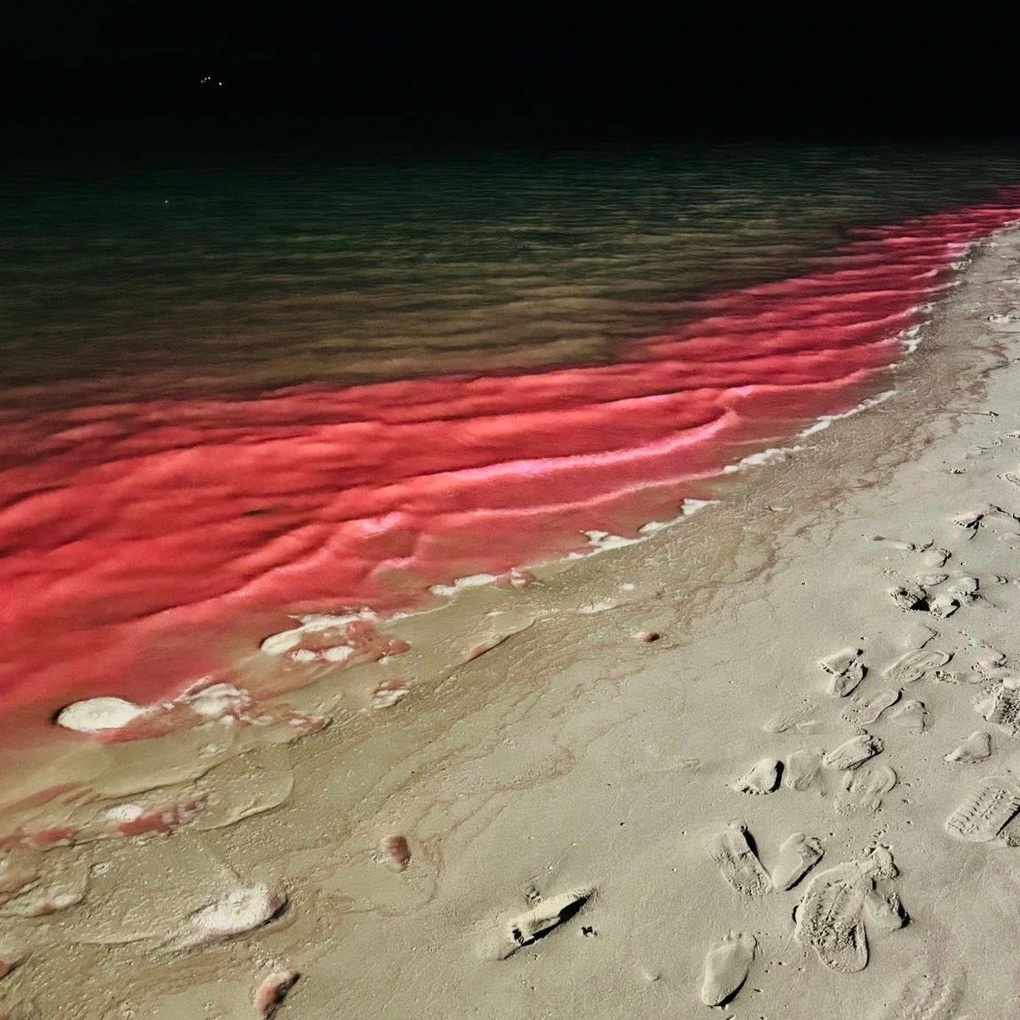
Touching the water with his hand, the visitor from Hanoi saw an interesting glowing phenomenon. Not wanting to miss the special moment, Mr. Sang recorded a video to preserve the memorable memory.
Arriving at the beach at the same time at midnight, Mr. Tuan Khang, a local resident, saw the strange phenomenon for the first time. Walking on the sand with a group of friends, Mr. Khang was surprised to see the sea water was red but when he touched it, it turned blue.
The sea water in Ha Long emits blue light at night (Video source: Character provided).
"I have lived here for more than 20 years but I have never witnessed such a strange sight. The harder I touch the water, the brighter the blue color becomes. What is this phenomenon?", Mr. Khang asked.
It is known that the incident happened around midnight and lasted for more than an hour. Because it was late at night, the beach was deserted, not many people witnessed it.
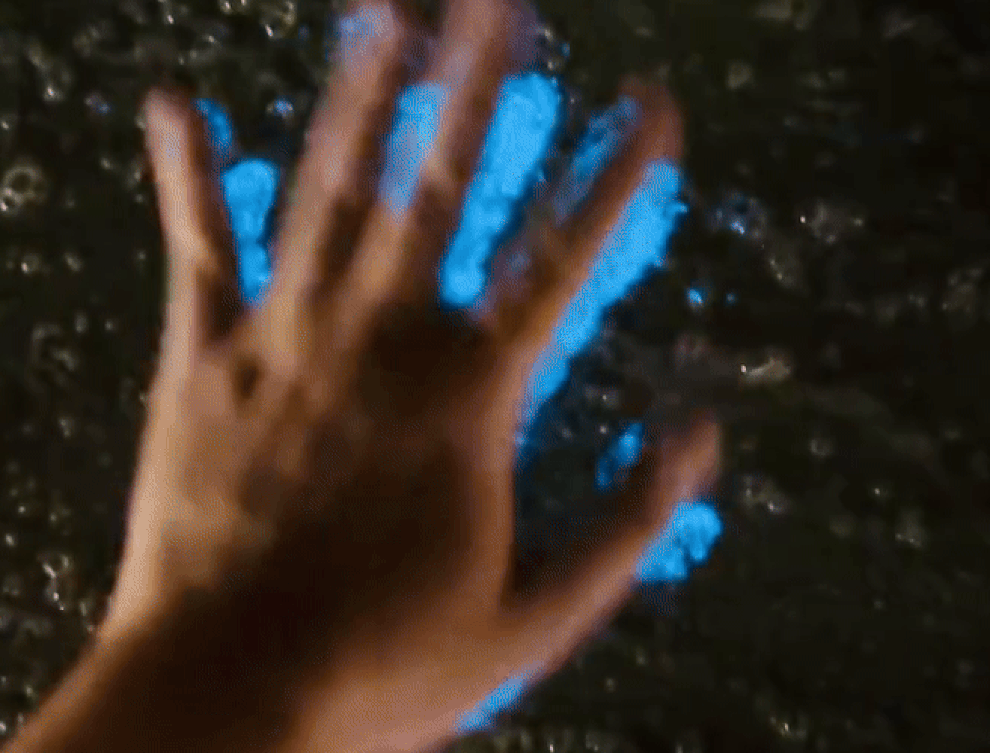
Speaking to Dan Tri reporter, an expert from Vietnam Marine Megafauna Network said that this phenomenon is also known as bioluminescent algae.
According to experts, the glowing phenomenon occurs during the process of reproduction and rapid metabolism of organisms. The organisms themselves have lived in the marine environment for a long time.
Due to sudden changes in the environment (possibly due to sudden increases in temperature), large amounts of algae reproduce in the water at high densities, causing the seawater to turn colors such as red, pink, or blue.
This phenomenon is common in coastal areas near river mouths, occurring depending on the time of day and environmental conditions.
Although bioluminescent algae is not a harmful phenomenon, if the density is too high, it can cause a lack of oxygen in the water, affecting marine life. Therefore, people and tourists need to monitor to ensure public health and the environment.
In fact, the phenomenon of glowing beaches has occurred in some coastal areas around the world .
Visitors can observe the neon-blue bioluminescent scene on the northwest beach of Tasmania, near Rocky Cape National Park (Australia). At night, the bioluminescent beach creates a magical scene.
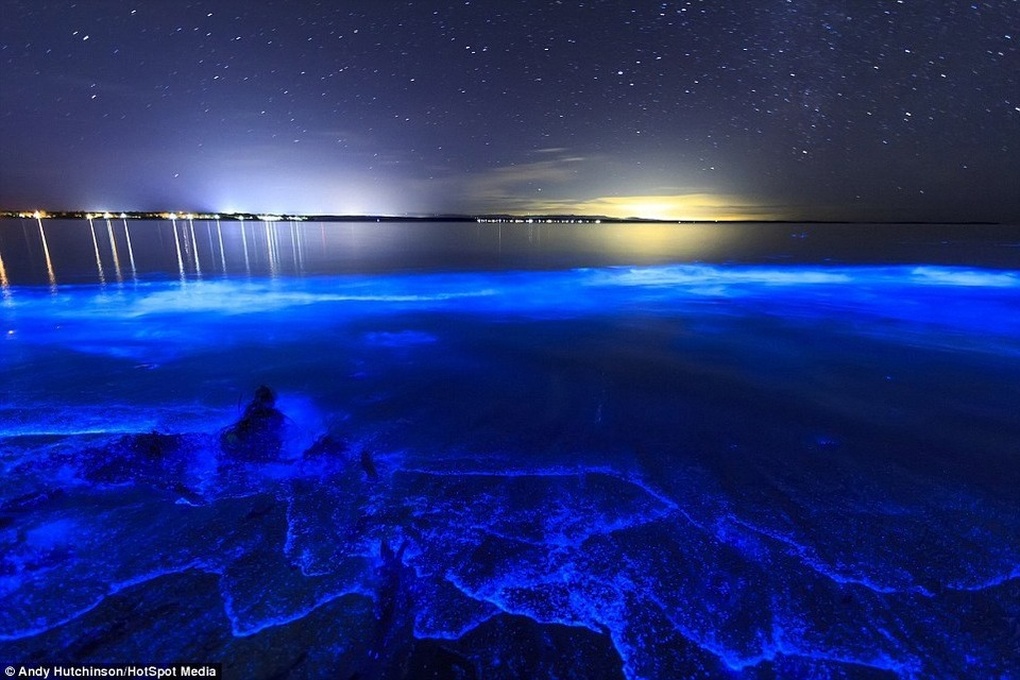
Beach in Australia glows at night (Photo: Daily Mail).
Similarly, local experts believe the magical scene is due to a type of algae called Noctiluca scintillans, which has bioluminescent properties. When disturbed, they emit an electric blue light.
This phenomenon is similar to a "red tide" during the day when the sea water turns a deep red, brown or orange. When disturbed by waves or currents, the algae will glow at night.
Source: https://dantri.com.vn/du-lich/nuoc-bien-o-ha-long-mau-do-phat-anh-sang-xanh-trong-dem-chuyen-gia-noi-gi-20250519133710174.htm




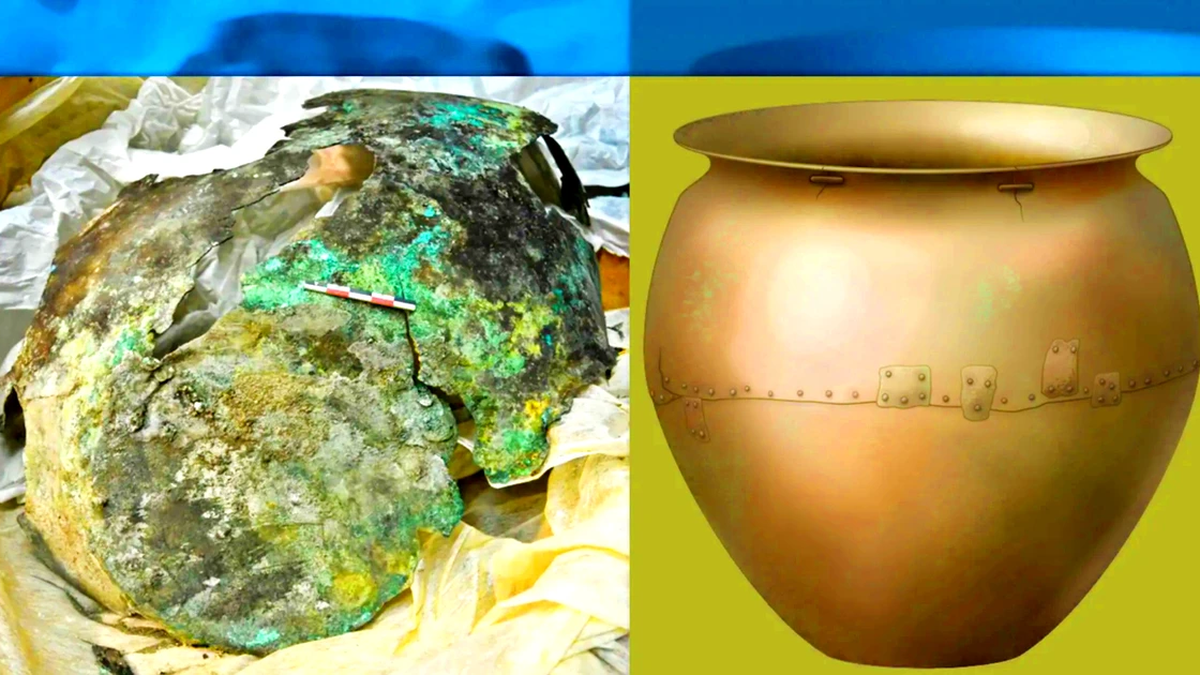


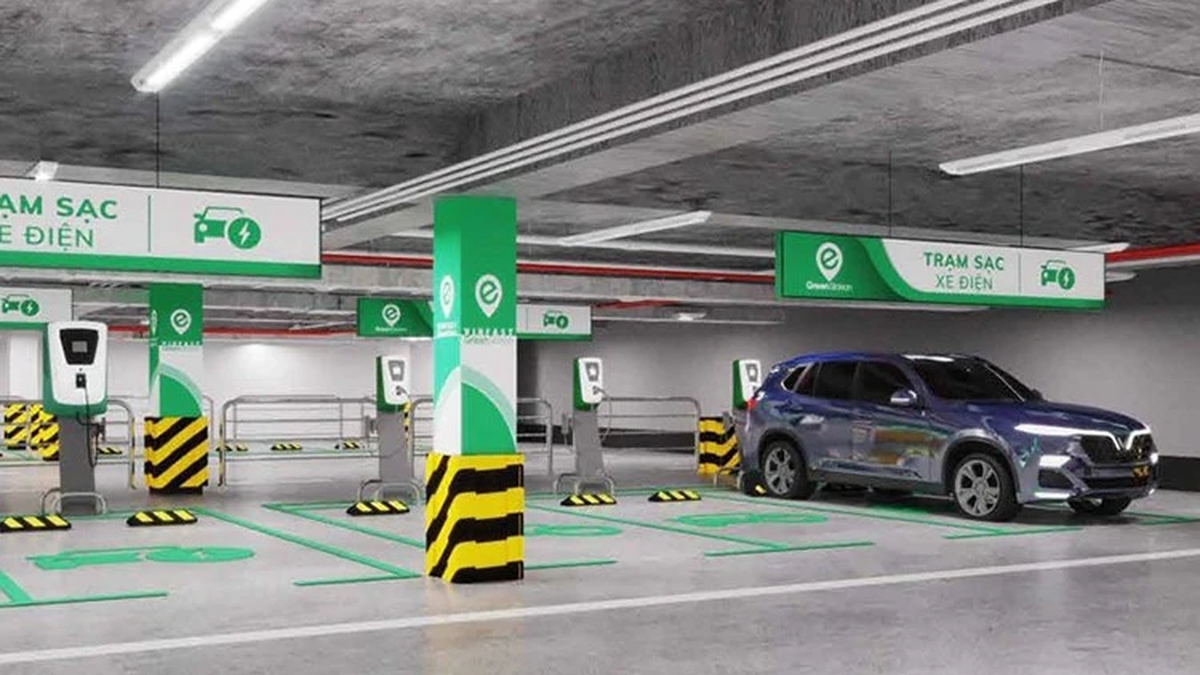
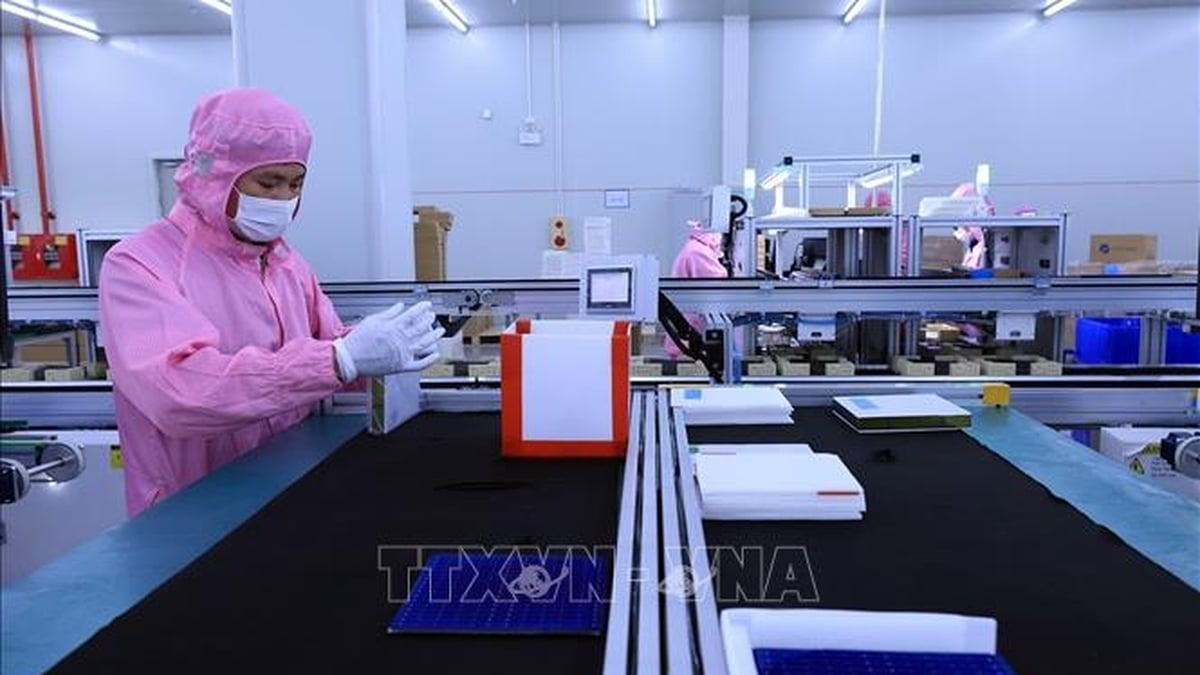

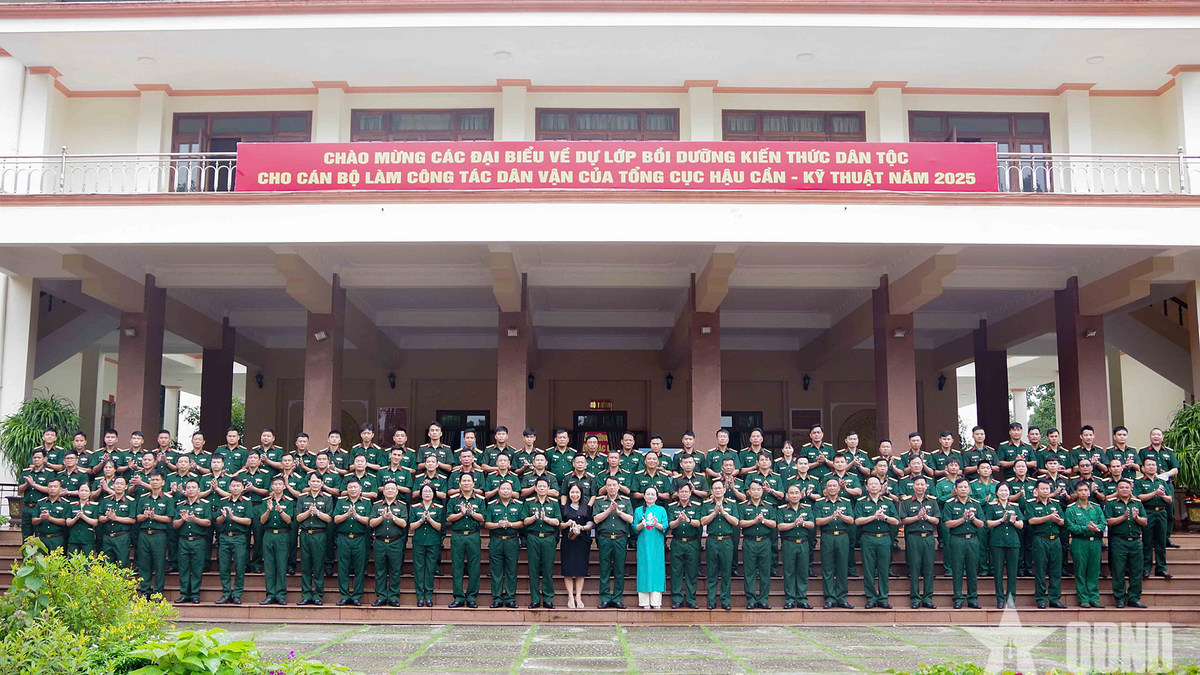









































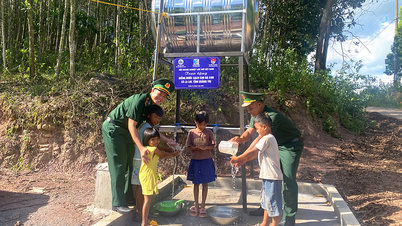
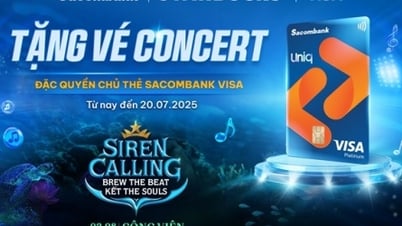







![[Maritime News] More than 80% of global container shipping capacity is in the hands of MSC and major shipping alliances](https://vphoto.vietnam.vn/thumb/402x226/vietnam/resource/IMAGE/2025/7/16/6b4d586c984b4cbf8c5680352b9eaeb0)






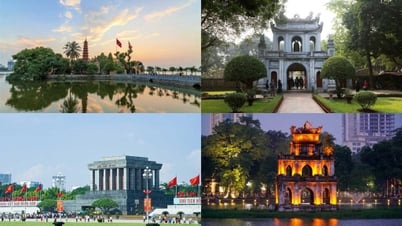



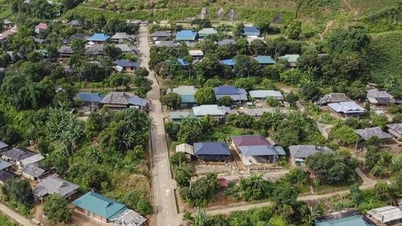
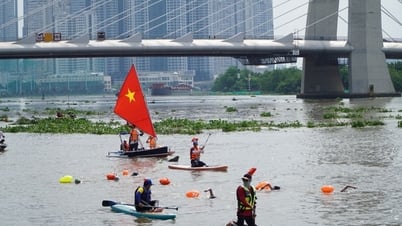
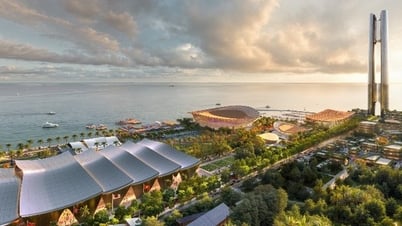
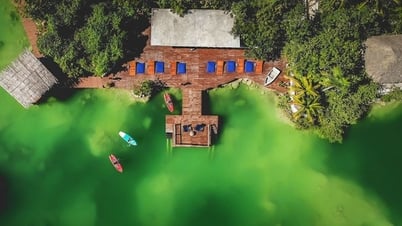
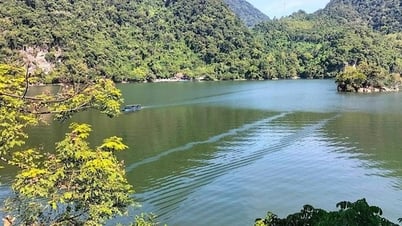























Comment (0)